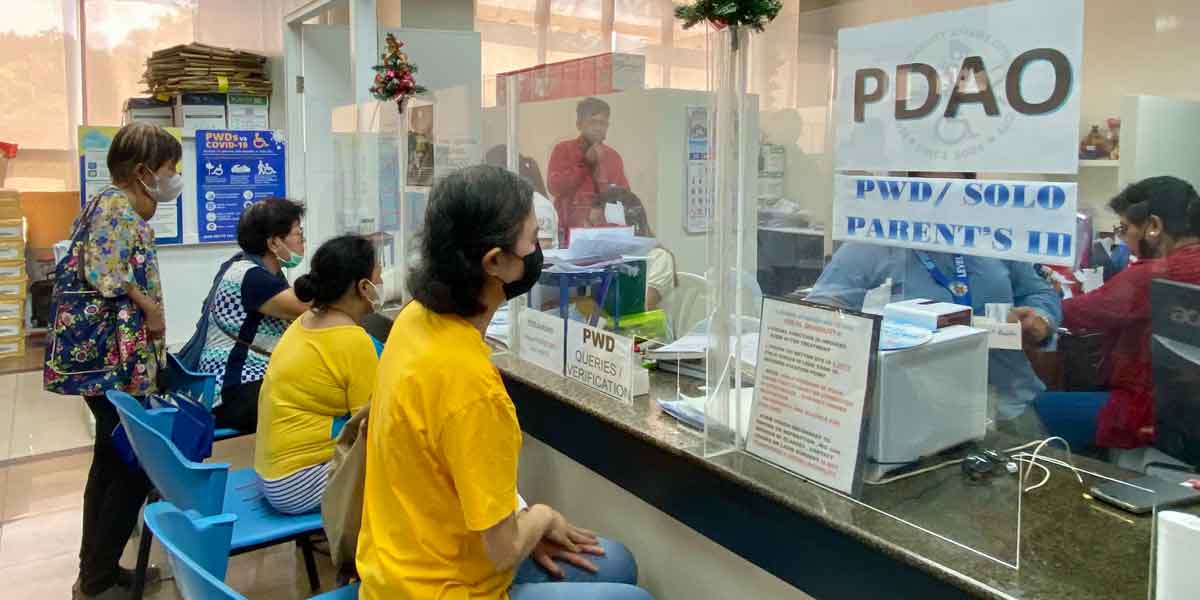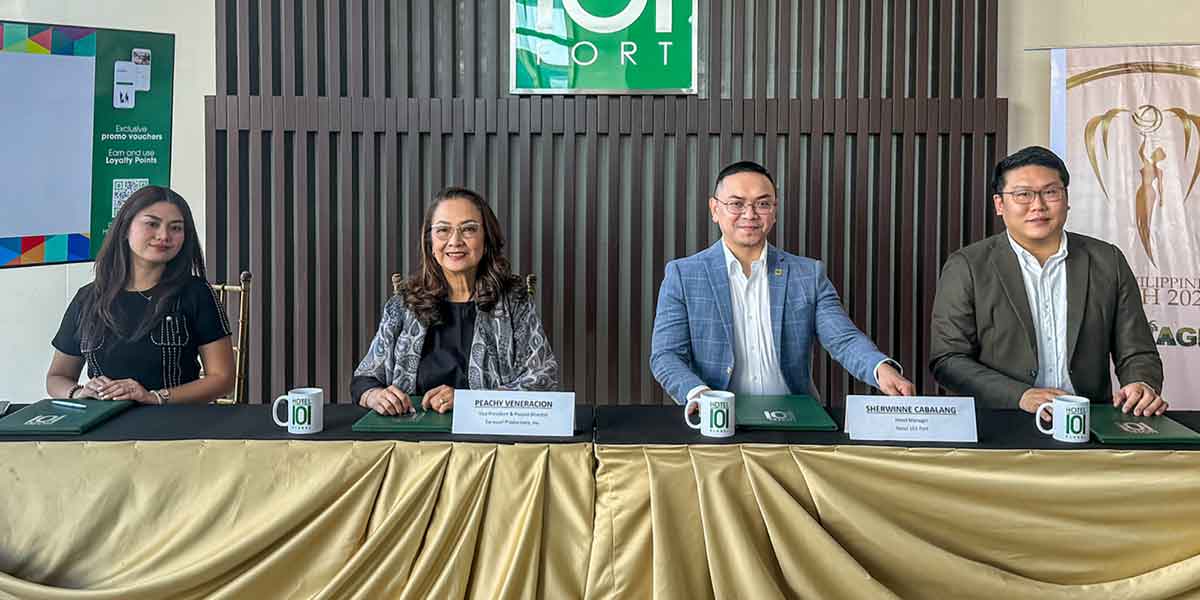 By: Michael Henry Ll. Yusingco, LL.M
By: Michael Henry Ll. Yusingco, LL.M
TERRIBLY disappointing that federalism was not a hot-button election issue given the fact that the administration still appears very keen to push this agenda of President Rodrigo Duterte forward. After all, 16 million Filipinos still expect him to dismantle the central governments monopoly over state power.
The prevailing belief is that if the administration wins big in the senatorial race, then convening a Constituent Assembly will be the primary agenda of the next Congress. Federalism proponents on the administration side see this mode of revising the constitution as legally the most expedient way to fulfill the Presidents campaign promise.
But even if the administration takes control of the Senate in July, President Duterte may still decide not to pull the trigger on charter change given the lack of public support for federalism.
More importantly, many Filipinos still have serious anxieties with federalism because political dynasties absolutely dominate local government as clearly shown in the study conducted by the Ateneo School of Government, Dynasties Thrive under Decentralization in the Philippines (Working Paper 17-003), to wit:
All of the top positions in each major local government unit appears to be dominated by dynasties (over 81 percent of governors and vice governors, and around 78% of representatives).
Given that many Filipinos will most likely be unable to go past their fear of dynastic politicians hijacking charter change, public buy-in for federalism could weaken even further. Curiously, President Duterte has intimated once before that the polity may not be ready yet for this radical change in the way government works.
Notably, one of the very first matters discussed by the 1986 Constitutional Commission was the form of government well-suited for Filipinos. A query by the sublime constitutionalist, Fr. Joaquin G. Bernas, SJ, is particularly relevant to us now, to wit:
Should we continue a system where practically all governmental power must come from the central government, from Manila? Must we continue the overdominance of Manila over the rest of the country? [Record of the Constitutional Commission, Volume 1, June 3, 1986, p25.]
If changing the 1987 Constitution cannot be the answer to Fr. Bernas question, is there still hope to break the overdominance of Manila over the rest of the country? Is there an alternative path to further decentralizing government? The answer is legislative reform.
Local autonomy in the 1987 charter
Local autonomy is a mandatory prescription of the 1987 Constitution. As per the framers, local autonomy under the charter means?a kind of maximum decentralization, short of federalization.
This description of how local autonomy is to be understood in the 1987 Constitution denotes that our decentralization framework can approximate a federal set-up. In fact, Article X has provisions that actually exhibit features of a federal system. Giving support to the observation by federalism scholars that we already have a quasi-federal set-up under the current charter.
However, as per Section 3 of Article X, Congress shall enact a local government code which shall provide for a more responsive and accountable local government structure instituted through a system of decentralization. This provision which requires a local government code to establish a system of decentralization is the very reason why our local autonomy framework can never qualify as a full-fledged federal system.
Nevertheless, the constitutional parameters mandating for this local government code allow for the creation of a decentralization framework that can actually approximate a federal structure.
A new Local Autonomy Act
The alternative to shifting to a federal system of government via charter change is to overhaul the current local autonomy framework via legislative reform. Particularly, to establish one that reflects its true constitutional design which is maximum decentralization, short of federalization.
However, amending the Local Government Code of 1991, the Administrative Code and possibly other special laws would clearly be tedious work for our lawmakers. A more viable, albeit audacious, option is to just enact a new Local Autonomy Law to supplant the current decentralization apparatus.
This new law can approximate a federal set-up by incorporating these three features in the new decentralization system:
- Regional governance framework.
- Clear power sharing between the local government and the national government as well as amongst the different levels of local governments.
- Intergovernmental Relations (IGR) mechanisms.
Notably, this new omnibus local autonomy legislation does not have to be created from scratch. Indeed, the Bangsamoro Organic Law (BOL) can be a good starting point. For reference, these specific provisions of the BOL can be used as benchmarks:
- Article VII on the Bangsamoro Government for the regional governance framework. For example, the new law can create a Regional Development Authority comprised of all provincial governors in the region. This body shall be exclusively and primarily responsible for development planning for the region with national government agencies having only support roles.
- Article V on the Powers of Government for the clear allocation of powers between the different levels of government. The point to remember here is that the division of functions must be formulated in such a way that the assignment of accountability is unequivocal.
- Article VI on Intergovernmental Relations, specifically the creation of an Intergovernmental Fiscal Board to govern an enhanced fiscal decentralization arrangement.
However, precisely because of this substantial devolution of public functions and funds, it is imperative that the new law must have measures to ensure the sustained and significant involvement of the people in local governance. Therefore, it is critical that civil society organizations must have mandatory participation in the regional governance body and in all IGR platforms. Keeping in mind of course that the genuine engagement of the community in subnational-level governance is crucial to the success of the new local autonomy regime itself.
Congress must act now
Many Filipinos today are utterly exasperated at the fact that despite the mandatory prescription of local autonomy in the 1987 Constitution, the national government still has an omnipresent role in the management of state affairs. This anomaly must be addressed by Congress now even if the administration decides to postpone charter change.
But enacting a brand-new local autonomy law that would approximate a federal structure is but one proposal to address Fr. Bernas plea made in 1986. Correspondingly, our lawmakers must make overhauling the current decentralization framework a top priority this year so that other suggestions can be properly heard.
For Congress to doggedly pursue this particular legislative reform will not only appease the 16 million Duterte voters, but also an entire nation growing ever more impatient with its over centralized government.



















